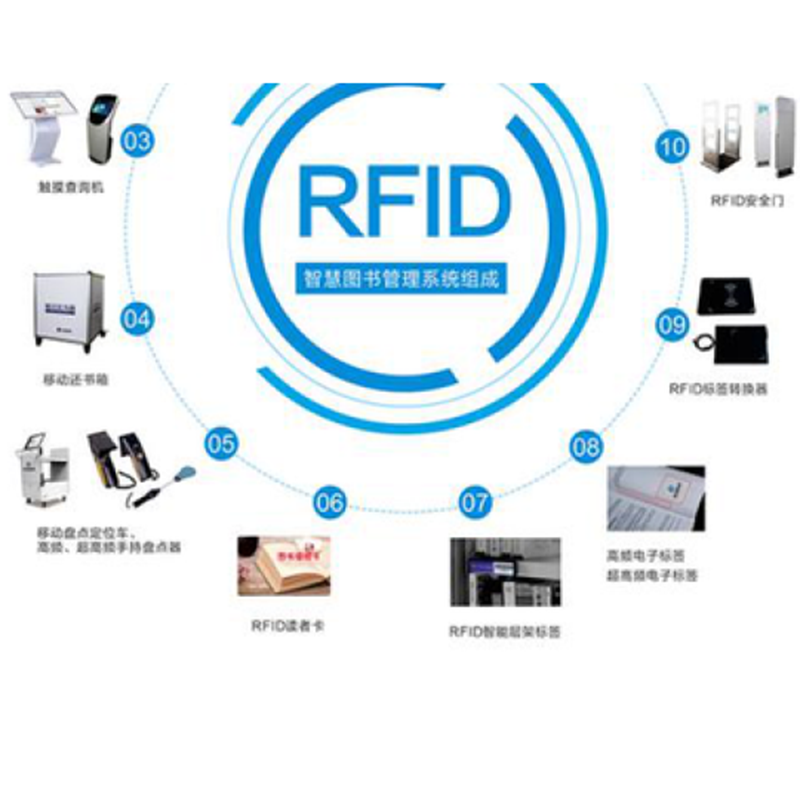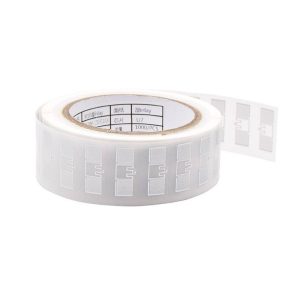RFID electronic tag technology makes archive management more intelligent and systematic

RFID intelligent file management can achieve functions such as location management, intelligent access, intelligent storage, online monitoring, and RFID automatic recognition of important archive files.
At present, intelligent file cabinets are generally used to quickly identify file archive information. By installing RFID reading and writing devices on the cabinet for automatic collection, file management is made more intelligent, secure, standardized, and automated, thus achieving the intelligence of file management. Archive data is an important information resource, and archive management is very important. By continuously improving the archive management mechanism, archive management plays a crucial role as an intangible asset in enterprise management. As one of the key core technologies for building the Internet of Things, the rapid development of RFID technology has played a promoting role in the automation and intelligence of archive management.
The 5 major advantages of using RFID electronic tag technology in archive management:
1. Quick and accurate positioning: A geographical distribution map of the entire archive room is stored on mobile inspection devices, which will provide geographical positioning instructions for the searched archives, achieving fast search and archiving operations.
2. Easy inventory: Using RFID inspection equipment can quickly complete the inventory, error checking, and shelving of archives, greatly reducing the workload of library staff while improving the efficiency of archive management and reducing the error rate during lending and archiving.
3. Accurate recording of archive information: The handlers, borrowers, lenders, and archive times of the archive are all automatically registered by the system, preventing manual errors while ensuring the accuracy of the original data in the archive management information system. It can also provide real-time query of archive status and report printing.
4. Batch archive lending and filing registration management: Archive management is a complex task with fewer archive management personnel and more people seeking to borrow archives. Applying RFID technology to achieve modernization and automation of archive management increases work efficiency while reducing the labor intensity of archive administrators, helping librarians achieve automated batch archive lending and filing registration work
5. Archive RFID tag storage information can be easily changed: Electronic tags have a large capacity for accessing data, and the storage information can be easily changed, providing convenience for the management of archive attributes and other information.
6. Security guarantee: Archive management personnel must log in to the RFID archive management system through identity verification before they can borrow or archive archives. The system will give an alarm prompt for illegal takeaway of archives. Label information can also be encrypted.
The 5 major advantages of using RFID electronic tag technology in archive management:
RFID technology enables intelligent management and informatization of archival materials, enabling rapid collection of archives, such as daily storage, retrieval, borrowing, return, theft prevention, and other specific businesses.
RFID technology improves the overall business management ability of archive management, realizes data sharing, improves the efficiency of archive control, simplifies management processes, reduces labor costs for personnel, and provides a more convenient and effective management mode for archive management.
Donglai Precision Electronics will provide you with 1V1 technical consulting services for free! We have a research and development center of over 3000 square meters in Shenzhen Guangming Pilot Industry Base. Our research and development center has 12+laboratories and strong research and development capabilities. We are a trusted manufacturer. Please feel free to contact us for inquiries and free samples!






